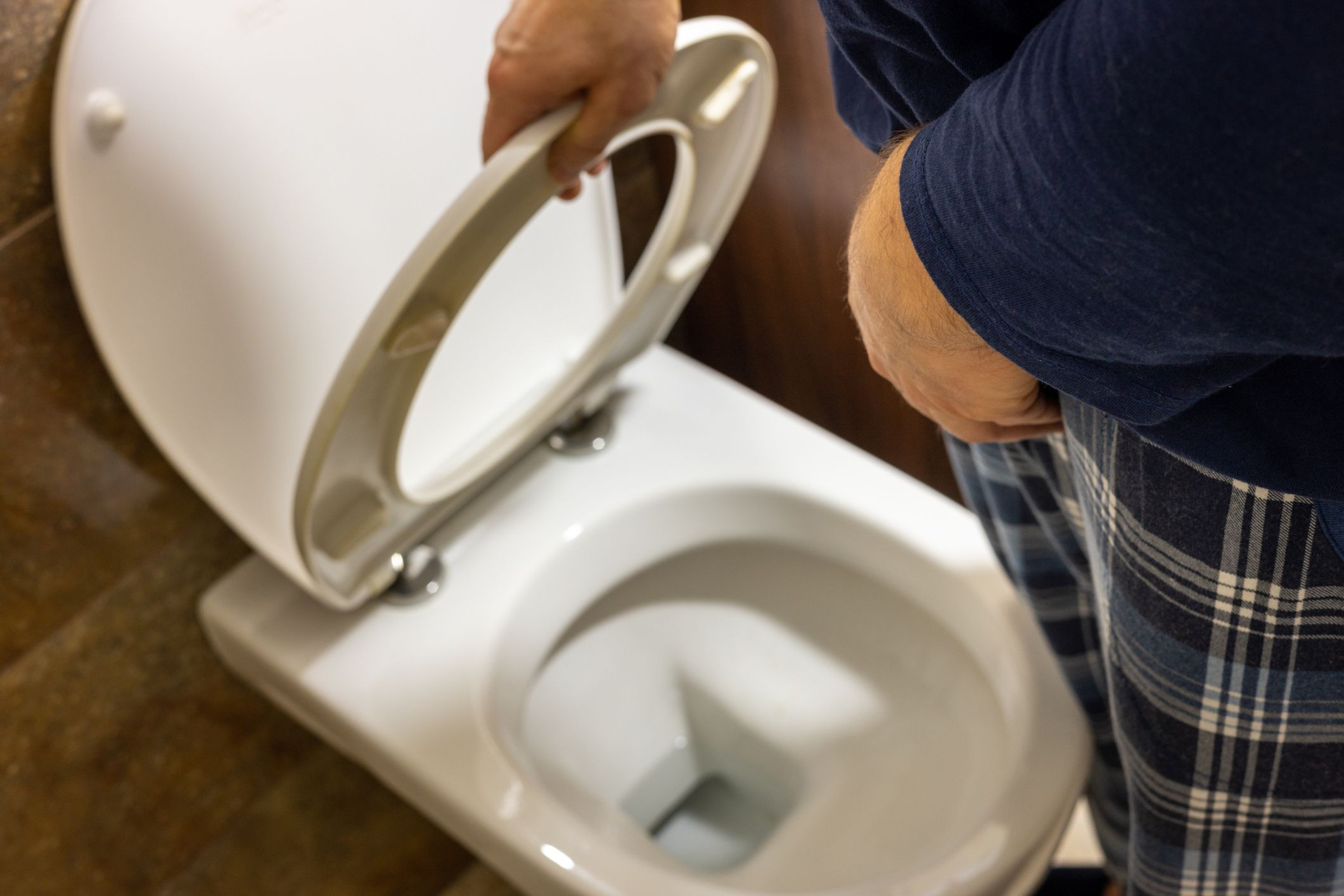
The theme of this year’s World Continence Week (20-26 June 2022) is the importance of pelvic floor health in addressing male incontinence – meaning now is the perfect time to address this often neglected topic.
Incontinence can have devastating consequences on a person’s life, affecting confidence, sexual performance and work, and making people anxious to leave their home. It can also have health consequences, increasing the risk of urinary tract infections (UTIs).
For men, the most common causes of incontinence are surgery or radiation treatment for prostate cancer, writes men’s health physio Dr Jo Milios (PHD) for the Continence Foundation of Australia.
Other causes include diabetes, Parkinson’s disease, overactive bladder syndrome, smoking and obesity. Young men or children with cerebral palsy, autism or neurological disorders may also experience incontinence.
Research suggests that strengthening pelvic floor muscles (PFMs) can reduce symptoms for men experiencing incontinence, said Dr Milios – although she says many men don’t even know they have a pelvic floor.
“Problematic PFMs can result in uncontrolled leakage, dribbling, straining, staining, pain, urgency, frequency, and overactivity of the ‘pooing’ and ‘peeing’ functions, as well as erectile dysfunction that can greatly impact quality of life.
“All these issues can be assisted with simple understanding and activation of the PFMs, no matter your age or stage in life,” she said.
Alan, a consumer representative for the Continence Foundation of Australia, experienced incontinence after having his prostate gland removed in February 2010.
The tipping point came three months after the operation. He was experiencing incontinence, and eventually found himself on the toilet, crying in frustration.
He took the important step of visiting a continence nurse/physiotherapist regularly and learnt to retrain his PFMs. He also learnt what precipitates leaking – heavy lifting, alcohol, caffeine – and has adjusted his lifestyle to avoid these situations as much as possible.
Alan is now passionate about normalising the subject of incontinence in men, rather than it being a taboo topic.
“Don’t be ashamed,” said Alan.
Men can experience different kinds of incontinence.
Men who leak urine when they cough, sneeze or are active have stress incontinence.
Urge incontinence occurs in men who have a sudden, intense urge to urinate followed by an involuntary loss of urine. They may need to urinate often, including throughout the night. Urge incontinence may be caused by an infection, diabetes or a neurological disorder.
Men who have overflow incontinence experience frequent or constant dribbling of urine due to a bladder that doesn’t empty completely.
Functional incontinence occurs when a physical or mental impairment keeps men from making it to the toilet in time. For example, men who have arthritis may not be able to unbutton their trousers quickly enough.
Some men also experience problems with bowel control, which is known as faecal incontinence.
Mixed incontinence occurs when men experience more than one type of incontinence.
The male pelvic floor is made up of layers of muscle that stretch like a hammock from the tailbone at the back to the pubic bone at the front. They help to control the bladder and bowel and help with sexual function.
The urethra (the passage that urine passes through) and the anus (the passage faeces passes through) pass through the pelvic floor muscles.
Pelvic floor muscles can be weakened by:
The Continence Foundation of Australia describes a range of ‘muscle training’ exercises in its ‘Pelvic floor muscle training for men’ brochure, including the following:
Squeeze and draw in the muscles around your urethra (urine tube), anus and scrotum at the same time. You should feel a sense of lift. Keep your buttock, tummy and thigh relaxed and your breathing comfortable – don’t hold your breath. Try to hold the muscles tightly for three to eight seconds. Then let them go and relax. Repeat eight to 10 times. Aim to repeat three times daily, varying your position, for example, lying down, sitting or standing.
You can identify the muscles to use by stopping the stream of urine mid flow and starting again to identify your urethra. Squeezing the ring of muscle around the anus as though you are trying to stop passing wind can help you identify the anus muscles to use.
Alan encourages men to become more comfortable with the idea of male incontinence.